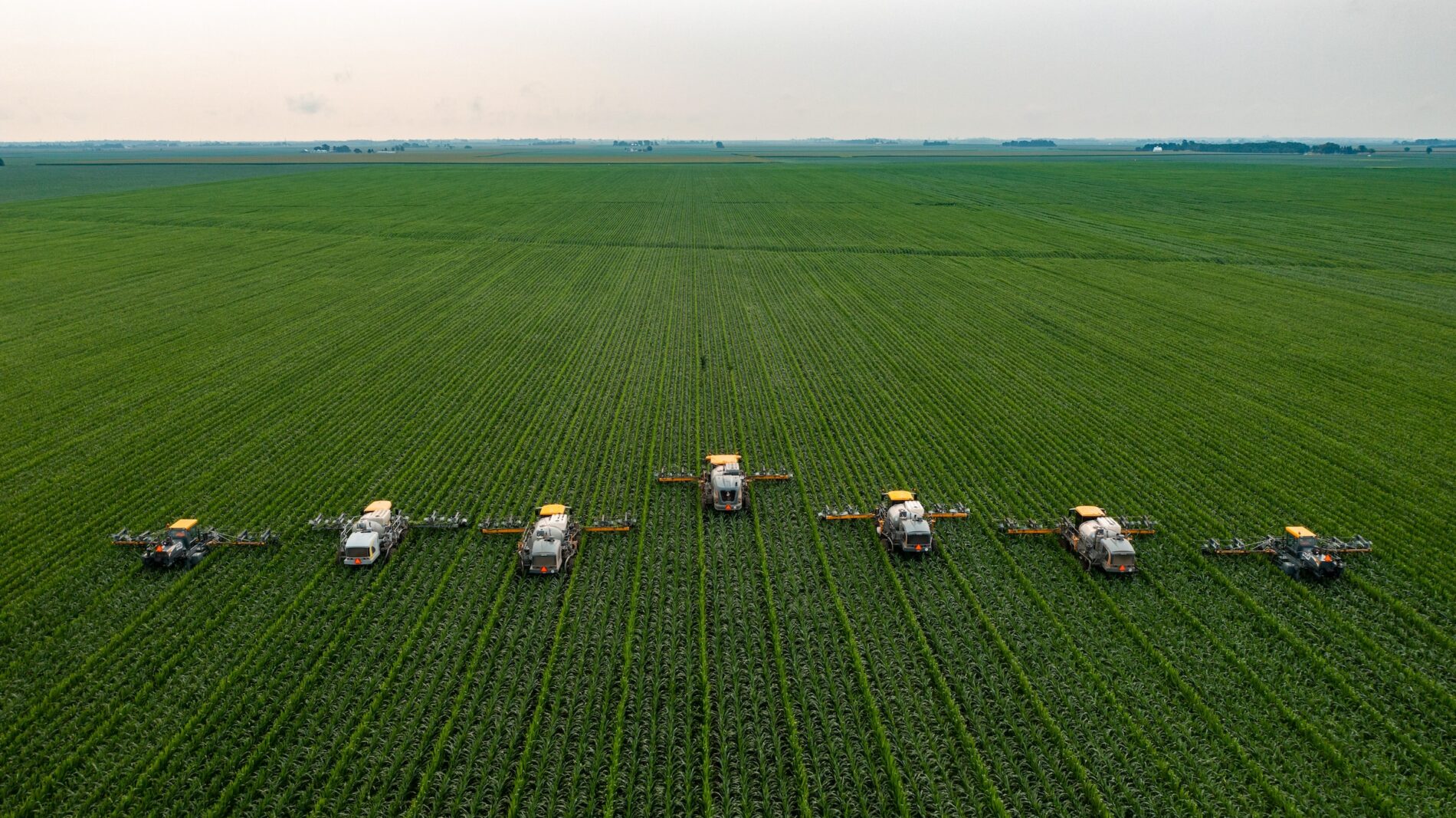Enhance Agricultural Performance With High-Quality Water Soluble Polymers
These polymers use a range of advantages that can reinvent typical farming methods, from improving water retention and efficiency to enhancing dirt framework and nutrient delivery systems. By utilizing the power of innovative polymer options, farmers can possibly open brand-new paths towards accomplishing greater crop yields while mitigating ecological influences.

Benefits of Water-Soluble Polymers
Water-soluble polymers offer a multitude of benefits in farming applications as a result of their enhanced water retention residential properties and ability to improve dirt structure. Agriculture. These polymers, when included in the soil, can considerably increase water holding capability, minimizing the frequency of watering needed by crops. By creating a gel-like material when combined with water, water-soluble polymers create a storage tank that gradually releases dampness to plant roots, guaranteeing a more regular supply of water during droughts
In addition, these polymers assist in avoiding dirt erosion by binding soil particles with each other, thus boosting soil framework and security. Improved dirt structure permits for much better root penetration and aeration, advertising healthier plant development and higher plant yields. Water-soluble polymers likewise help in nutrient retention by decreasing leaching, guaranteeing that vital nutrients continue to be available to plants for a longer duration.
Improved Water Retention and Performance
Enhancing farming water retention and efficiency with the unification of advanced polymer technologies has actually ended up being an extremely important emphasis in modern farming methods. Water-soluble polymers play a crucial duty in improving soil structure, boosting water seepage, and decreasing water dissipation rates. By forming a thin film on the soil surface, these polymers assist to avoid water runoff and boost the dirt's water-holding ability, guaranteeing that plants have accessibility to an ample water supply.
Additionally, making use of top notch water-soluble polymers can significantly decrease the frequency of irrigation, as they improve the dirt's capacity to retain moisture for longer durations. This not just conserves water however additionally minimizes the power and labor expenses connected with watering techniques. In addition, enhanced water retention and effectiveness lead to much better nutrient uptake by plants, leading to enhanced plant returns and total farming performance.
Enhanced Nutrient Delivery Equipment
Offered the considerable influence of top notch water-soluble polymers on boosting water retention and effectiveness in agriculture, the emphasis currently changes in the direction of maximizing nutrient distribution systems to additionally improve crop development and return. Improved nutrient shipment systems play an important role in making certain that plants receive the necessary nutrients in a kind that is easily offered for uptake, advertising their general health and efficiency. By integrating water-soluble polymers into nutrient distribution systems, the effectiveness of nutrient uptake by plants can be considerably improved.
One trick advantage of making use of top notch water-soluble polymers in nutrient distribution systems is their capacity to manage the release of nutrients, making certain a regulated and stable supply to plants over an extended duration (Agriculture). This regulated release device aids protect against nutrient leaching and overflow, therefore making the most of vitamins and mineral use by plants and lowering environmental influence

Soil Framework Optimization Methods
Optimizing soil framework is extremely important in modern-day agriculture for optimizing crop returns and advertising lasting land monitoring practices. Dirt structure optimization strategies play an essential role in ensuring that dirt provides an excellent atmosphere for plant growth. One key method is the addition of natural matter, such as garden compost or manure, which aids enhance dirt structure by boosting its water-holding capability and nutrient retention.
Additionally, exercising minimum tillage or no-till farming can stop dirt compaction and promote the advancement of a healthy and balanced soil structure. Cover chopping is an additional efficient technique that includes growing plants specifically to improve the soil and safeguard, protecting against erosion and enhancing soil structure.
In addition, executing crop turning approaches can help break bug and condition cycles, while also improving soil framework via the varying root structures of various plants. Generally, employing these soil structure optimization strategies can bring about raised farming efficiency, decreased environmental impact, and lasting sustainability in farming techniques.
Sustainable Solutions for Crop Yields

To attend to the obstacles of making best use of plant yields while promoting sustainable land monitoring techniques, exploring sustainable options comes to be crucial in modern agriculture. One sustainable option for boosting plant returns is the usage of accuracy agriculture techniques.
Additionally, promoting crop rotation and cover chopping can aid maintain dirt health, reduce disintegration, my review here and enhance nutrient cycling, ultimately adding to higher yields in time. Integrated bug monitoring strategies also play a key role in sustainable plant manufacturing by decreasing the dependence on chemical pesticides and advertising all-natural insect control techniques.
Furthermore, purchasing study and technology for creating drought-resistant plant ranges and climate-resilient farming methods can help reduce the effect of climate change on farming while making certain constant yields in the face of environmental challenges. By taking on these lasting options, farmers can achieve greater plant yields while safeguarding the health and wellness of the land for future generations.
Final Thought
To conclude, the use of top quality water-soluble polymers in farming provides numerous advantages such as improved water retention, boosted nutrient shipment systems, and optimized dirt structure. By applying lasting services for crop returns, farmers can significantly raise agricultural performance and effectiveness. Agriculture. Water-soluble polymers provide a environmentally why not try here pleasant and cost-effective method to improve the general efficiency of farming practices, leading to better end results for both farmers and the environment
These polymers supply a variety of benefits that can revolutionize standard farming approaches, from boosting water retention and performance to maximizing dirt structure and nutrient shipment systems.In addition, these polymers help in stopping dirt erosion by binding soil fragments together, consequently boosting dirt framework and security. By developing a thin movie on the soil surface, these polymers help to avoid water drainage and enhance the dirt's water-holding ability, ensuring that plants have accessibility to an appropriate water supply.
Soil structure optimization methods play an essential function in making certain that soil gives an ideal environment for plant growth.In conclusion, the use of top quality water-soluble polymers in farming offers various benefits such as enhanced water retention, boosted nutrient shipment systems, and enhanced dirt structure.